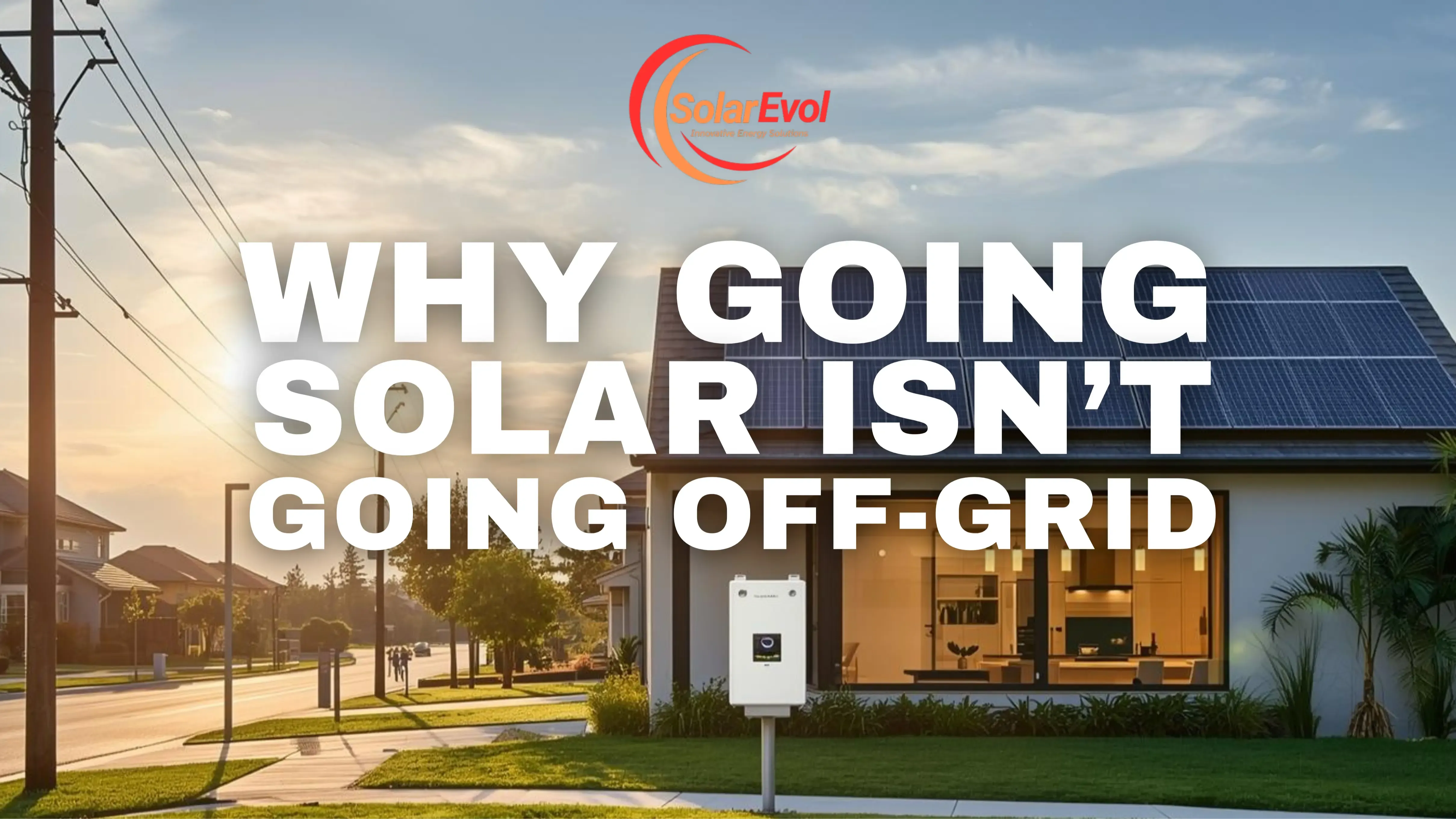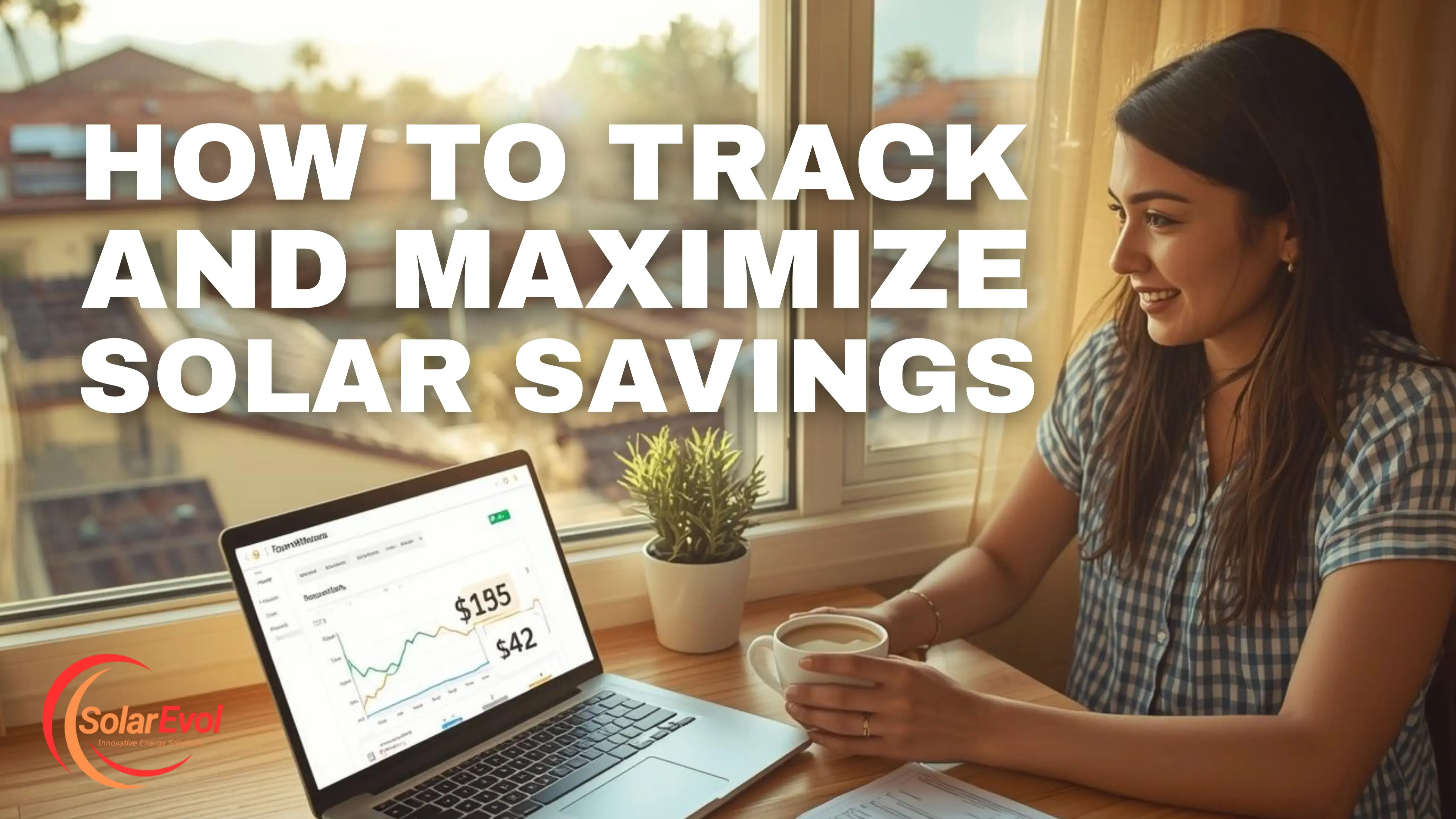
Solar Incentives by State (Spring 2025 Edition)
Jun 27, 2025Friday, June 27, 2025
You know about the federal tax credit.
But do you know there are people getting $8,000+ in state-level solar perks—just because they asked the right questions or checked the right box?
Here’s the reality:
State and local solar incentives in 2025 are a patchwork of cash rebates, tax credits, and special utility programs. Some are generous. Some are expiring. And a lot of them? Totally underused.
So if you’re going solar this year, this Spring 2025 checklist is your insider's guide to what’s out there, where the real money lives, and how to make sure you don’t leave any solar dollars on the table.
🌍 First Things First: Everyone Gets the Federal Tax Credit
Let’s start with the one thing that’s still nationwide:
✅ The Federal Solar Investment Tax Credit (ITC)
30% off your entire system cost — including panels, batteries, racking, inverters, labor, and even permitting fees.
Example: Spend $20,000 on your solar setup? That’s $6,000 off your tax bill.
🛠️ Pro Tip: This credit is not a refund — it reduces your tax liability. If you don’t owe much in taxes this year, you can roll the credit forward up to 5 years. (Talk to your CPA or use Solar Evol’s Solar Savings Estimator to ballpark it.)
Now let’s dig into the really interesting stuff: state-level incentives that stack on top of the federal one.
📍 The 2025 Solar Incentive Hotlist
States that are quietly giving out cash, credits, and solar bonuses right now
We’re not listing every program in every state here (that would be a novella), but this checklist hits the states where you could score big this spring—if you know what to ask for.
☀️ California – Still Worth It (If You Play It Right)
- SGIP Battery Incentives are still active (and can be hefty if you qualify)
- Property tax exemption for solar installs = long-term savings
- NEM 3.0 changed the game: you now earn less for exported energy, but…
💡 Pro Move: Pair solar with a battery. With NEM 3.0’s reduced payback for grid exports, storing and using your own power is the new winning strategy.
🗽 New York – One of the Richest Solar States
- State tax credit up to $5,000
- NY-Sun rebates on equipment + labor
- Property tax exemption for solar
- Extra low-income bonuses available in some zip codes
💡 Pro Move: Go through a NYSERDA-certified installer or you’ll miss half of what’s available. (Yes, Solar Evol works with them.)
🏛️ Massachusetts – Still a Leader
- SMART Program = monthly solar payments for 10 years
- State income tax credit of 15% (up to $1,000)
- SREC incentives for legacy systems still valuable
💡 Pro Move: Lock in your SMART rate early—the later you wait, the lower your payout per kWh.
🌾 Illinois – Big Rebates, Quietly Available
- Illinois Shines offers upfront payments for renewable energy credits (RECs)
- Property tax exemption for solar
- Net metering still available with major utilities
💡 Pro Move: Work with an approved vendor. Unapproved systems don’t qualify for Illinois Shines—and that’s real money you’d be missing.
🔥 Texas – No Statewide Program, But Local Perks Rock
- Austin Energy and CPS Energy offer solid rebates
- Net metering exists... but only with certain utilities
- No state income tax = no state credit, but…
💡 Pro Move: Your utility is the key in Texas. Rebates change constantly, so call before you commit—or let us check for you.
🌴 Florida – Sunshine State = Solar Win (Mostly)
- Sales and property tax exemptions make systems cheaper
- Utility rebates in spots like Lakeland and Jacksonville
- No state income tax = no credit, but savings still stack
💡 Pro Move: Look up your HOA. Florida law protects your right to go solar, but some HOAs still try to stall installs.
🌵 Arizona – Simple But Strong
- $1,000 state tax credit
- Sales tax exemption on equipment
- Huge solar output = fast payback
💡 Pro Move: Watch your rate plan. Some utilities put solar users on demand or time-of-use rates, which can hurt savings if you’re not ready.
🧠 What Most People Forget (But the Pros Don’t)
Even in states without flashy rebates, here are a few sleeper perks you should always look for:
- Solar equipment sales tax exemptions (available in more states than you think)
- Property tax protections (so your home value goes up, but your tax bill doesn’t)
- Battery-specific rebates (especially for fire zones, outages, or low-income households)
- Local utility programs (many have their own hidden rebate pages — we track them for you)
✅ What You Should Do Right Now
You don’t have to be an expert to get the best deal on solar—you just need the right checklist and a team who knows where the money is hiding.
Here’s your simple Spring 2025 to-do list:
- Claim the 30% federal credit — that’s a must.
- Check your state + utility — you might qualify for stackable savings.
- Talk to a solar advisor who’s not just pushing products—but knows how to help you optimize incentives.
Stay connected with news and updates!
Join our mailing list to receive the latest news and updates from our team.
Don't worry, your information will not be shared.
We hate SPAM. We will never sell your information, for any reason.












